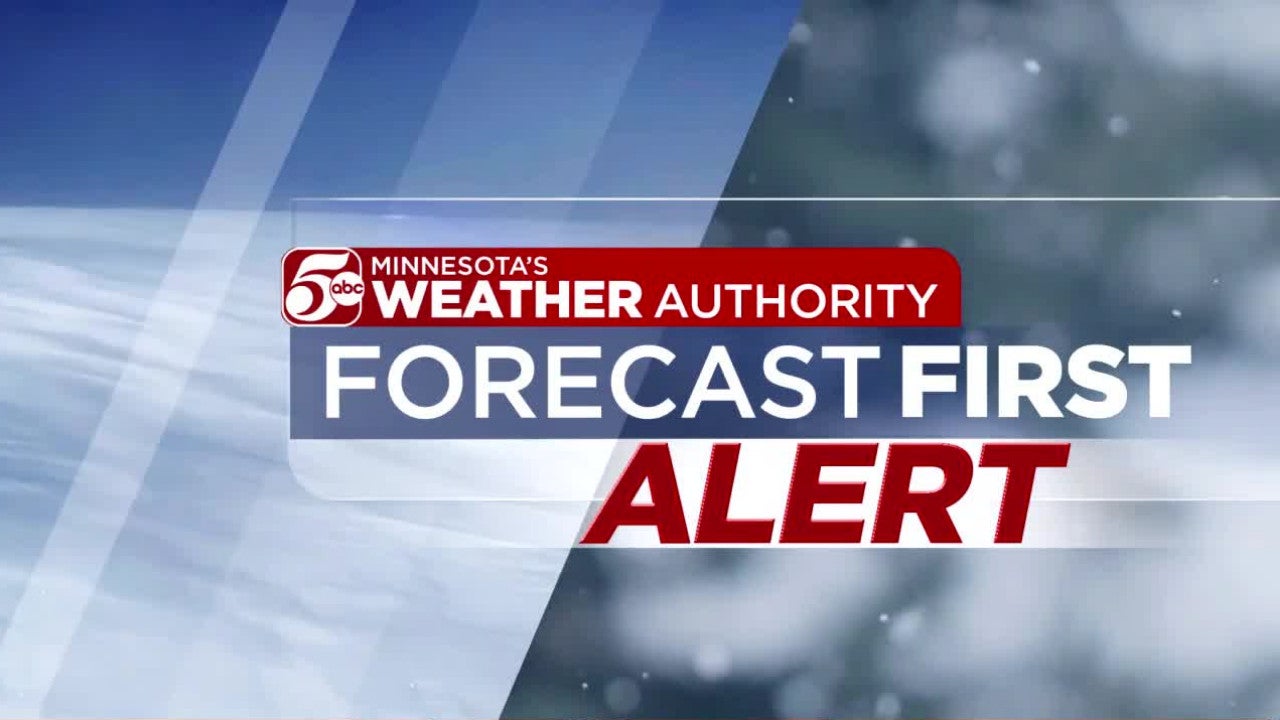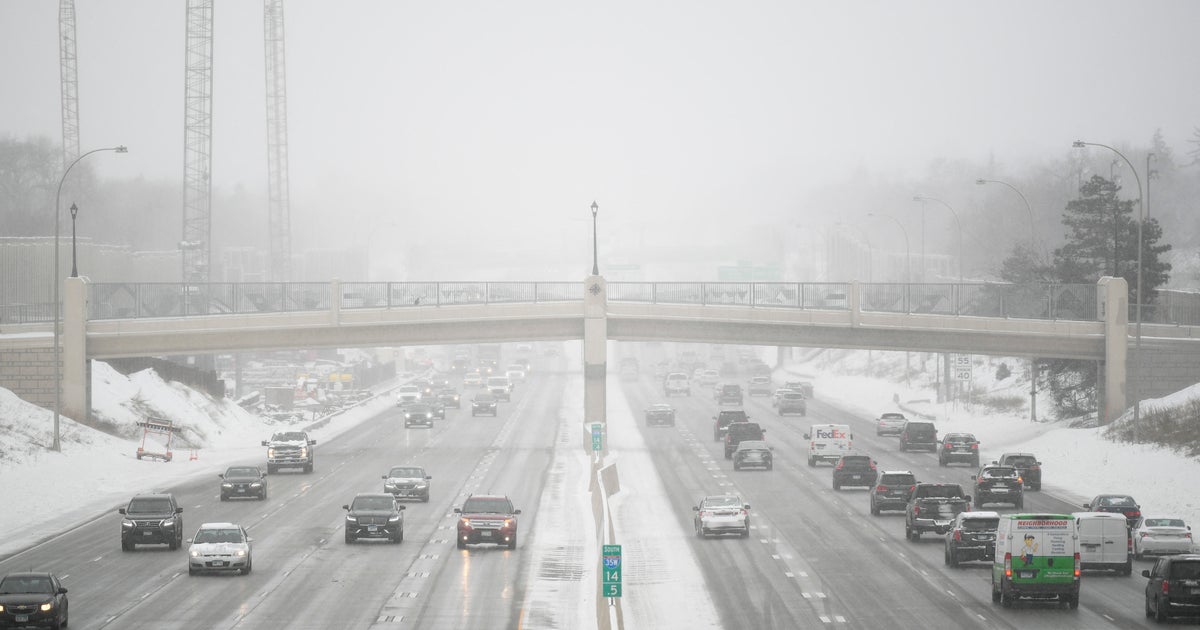The Anatomy of a Manufactured Crisis
Let us begin with an unassailable, almost insultingly obvious fact: it snows in Minnesota. During the winter. This is a meteorological event as predictable as the sun rising in the east and politicians disappointing in the west. Yet, observing the media landscape, one would be forgiven for believing that the state is on the precipice of a glacial apocalypse, a Siberian cataclysm from which civilization may never recover. The headlines scream with a contrived urgency—Forecast First ALERT, Winter Storm WARNING, a coming tempest that will surely lay waste to that most sacred of American traditions, Thanksgiving dinner. It’s pathetic.
This is not journalism. It is not a public service. It is the carefully orchestrated, algorithmically perfected manufacturing of low-grade, marketable anxiety. It is the transformation of a mundane atmospheric condition into a content stream, a product designed to hold your attention hostage. The storm itself is entirely irrelevant. The true phenomenon worth analyzing is the vast, churning, profit-driven machine that has turned weather prediction into a form of psychological warfare. They are selling you fear, and business is booming.
Deconstructing the ‘ALERT’
Observe the language. The term “Forecast First ALERT” is a masterpiece of corporate newspeak. It implies exclusivity and immediacy. It suggests their meteorologists, huddled in a darkened studio staring at glowing screens, have access to some arcane knowledge the rest of the world lacks. As if they’ve cracked the Enigma code of the atmosphere. But what does it actually *mean*? Nothing. It is a brand. A hollow marketing slogan slapped onto a weather report to make it sound more important than the competitor’s weather report. It’s the same vapid logic as “New and Improved!” laundry detergent. The goal isn’t to inform you; it’s to create brand loyalty through a Pavlovian response to their specific flavor of panic. They want you to associate their channel, their app, their website with the feeling of being ‘in the know’ about a pending disaster. A disaster which, in this case, amounts to a few inches of snow that the region’s fleet of plows will clear with practiced indifference before you’ve had your morning coffee.
The entire meteorological-industrial complex, a sprawling digital Leviathan powered by Doppler radar and predictive modeling, has conspired to convince you that a predictable accumulation of frozen water crystals is a civilization-ending cataclysm worthy of your undivided, anxiety-riddled attention. It’s a tempest in a teacup. The very structure of modern news, particularly local news, depends on these manufactured events. Without a steady diet of storms, crashes, and fires, there is little to fill the cavernous 24-hour news cycle. The weather is the perfect content engine: it’s ever-present, constantly changing, and affects everyone. It can be sliced and diced into endless segments, charts, and five-day forecasts that are obsolete the moment they air. It is the ultimate renewable resource for a media ecosystem starved for engagement.
The Holiday Hostage Situation
And the timing. Oh, the timing is just exquisite. A storm threatening Thanksgiving. It’s the dramatic jackpot. This allows the narrative to transcend mere meteorology and become a human-interest story dripping with manufactured pathos. Will families be reunited? Will travel plans be dashed? Will the turkey be jeopardized? Tune in at 11 for the latest breathless updates! They prey on the emotional weight of the holiday, transforming a simple weather system into a villain threatening the Rockwellian portrait of the American family. It’s a cheap, cynical, and outrageously effective trick. The potential for a “snowy Thanksgiving” is framed not as a cozy, picturesque scene but as a state of emergency. You are being manipulated, your emotional investment in family and tradition leveraged to keep your eyes glued to the screen through the next commercial break.
Think about the fundamental absurdity of it all. For generations, people in the northern climes have dealt with winter. They dealt with it without smartphone alerts, without hour-by-hour snowfall prediction models, and without a team of impeccably coiffed anchors telling them to be afraid. They looked out the window. They listened to the radio for major updates. They put on a heavier coat. There was a baseline of resilience, of common sense, that has been systematically eroded by a media that profits from portraying the public as helpless children who need constant, minute-by-minute guidance to survive a Tuesday. We have traded self-reliance for a constant IV drip of information-as-entertainment, and it has made us weaker, more anxious, and more susceptible to this very brand of nonsense. The pioneers who settled these lands would weep (or more likely, laugh) at the state of their descendants, paralyzed with fear over a forecast.
The System is The Storm
This isn’t the fault of any single meteorologist, most of whom are likely dedicated scientists who are simply playing the part assigned to them. It is the fault of the system they inhabit. A system where success is measured not in accuracy or public good, but in clicks, shares, and ratings. The incentive structure of digital media inherently rewards sensationalism. “Significant Winter Storm Developing Tonight” performs better in the algorithm than “Some Snow Expected.” The capitalized “WARNING” generates more ad revenue than a calm, rational assessment. This feedback loop creates a race to the bottom, where every weather event must be hyped as the next ‘storm of the century’ just to get noticed above the digital noise. The media is not responding to the weather; it is responding to the demands of a machine that feeds on human emotion, and fear is the most potent emotion of all.
What is being lost is perspective. The ability to distinguish between a genuine threat and a routine inconvenience has been blurred into non-existence. Every weather system is presented with the same level of gravity. A hurricane that can level a city and a snowstorm that might make the morning commute a bit slower are covered with a bizarrely similar tone of breathless urgency. When you cry wolf every time a cloud appears on the horizon, the public loses its ability to recognize the actual wolf when it arrives at the door. This constant state of alert is not making us safer; it is making us numb. It’s conditioning us to a baseline of anxiety that is both personally corrosive and societally destabilizing.
So as this “significant” storm rolls through Minnesota (a place built, mind you, to withstand and manage this exact sort of thing), take a moment to observe the real disaster unfolding. It’s not the snow falling from the sky. It is the calculated, systematic, and deeply cynical campaign to hijack your emotional state for commercial gain. They are weathering the storm just fine. They’re selling tickets to it.


